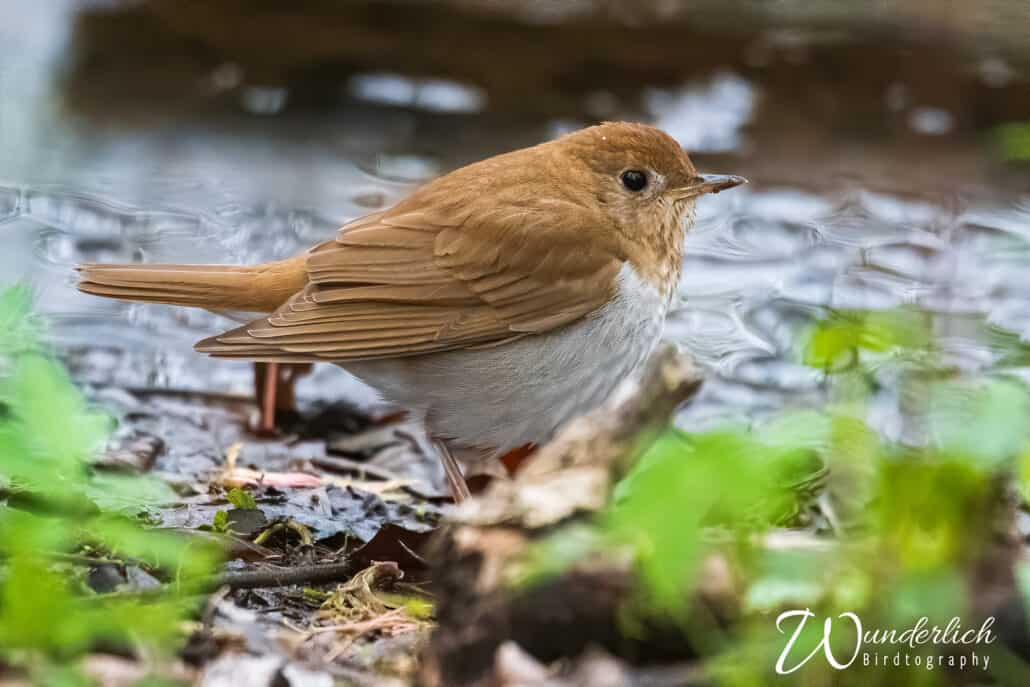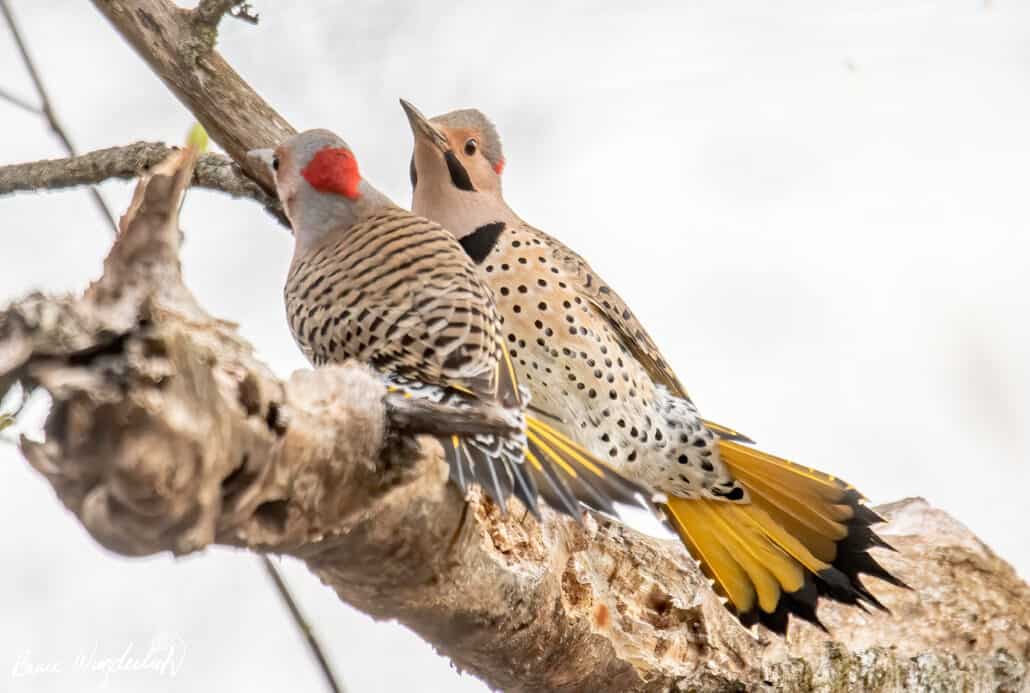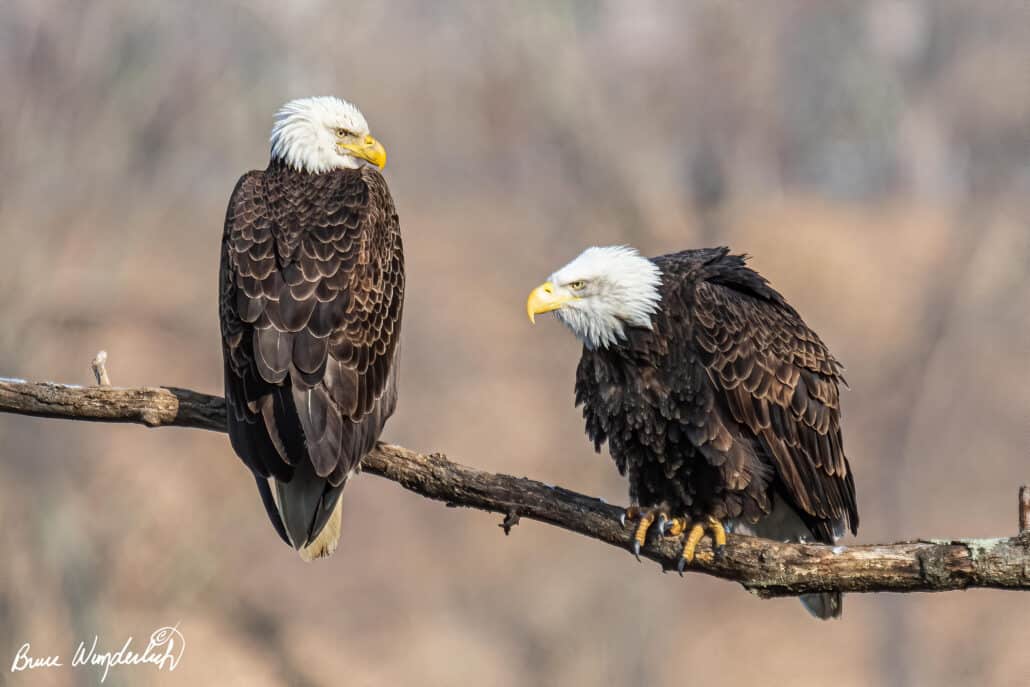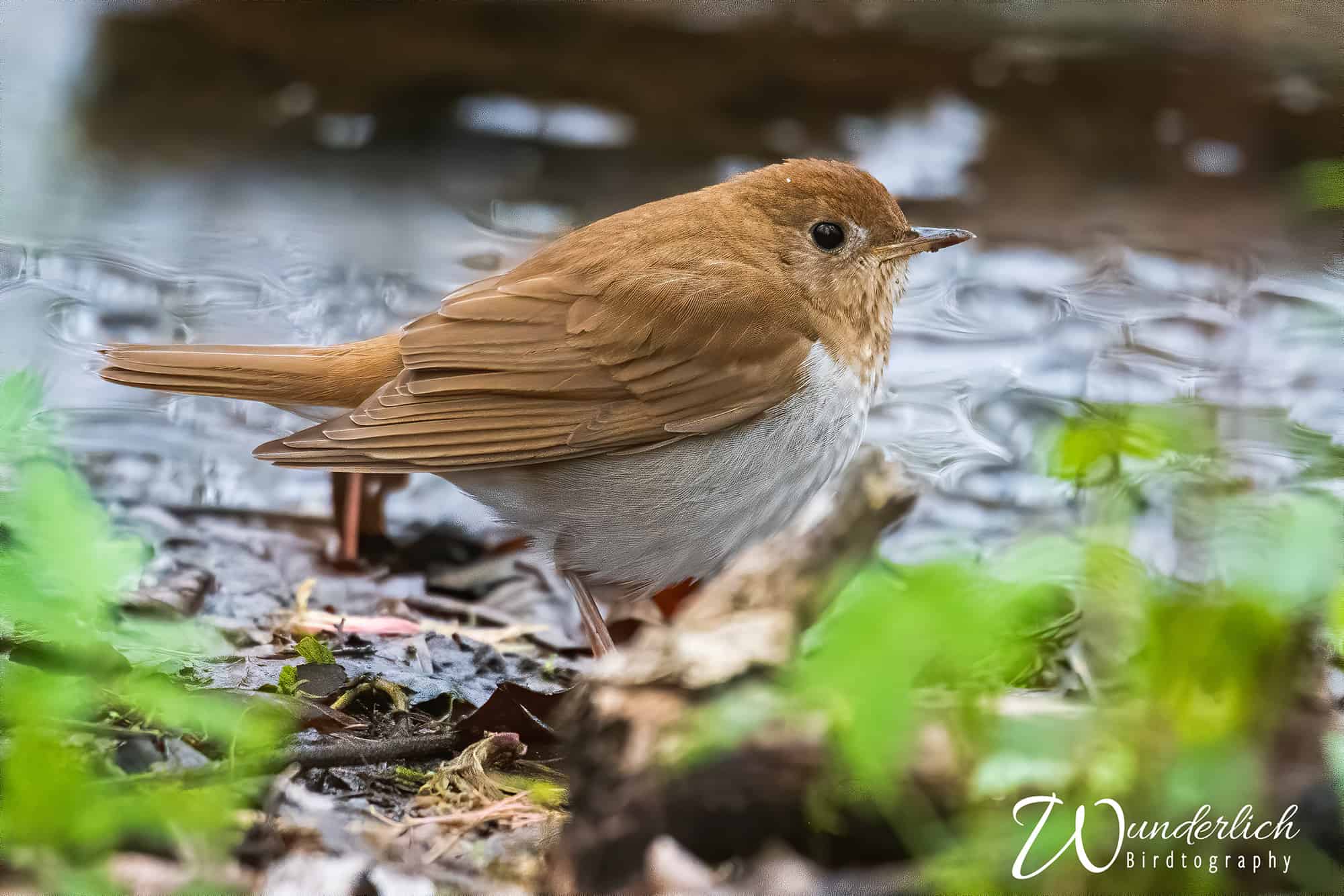
Watching birds in my backyard in the rain last week reminded me of something I heard my grandfather say on more than one occasion: “If the birds in the rain play, it will rain all day.” And sure enough, it rained all day. Remembering this made me wonder: Can birds predict the weather? Are there other sayings about birds predicting the weather?
I did a Google search to see if I could find more old sayings about birds as weather forecasters, and I found some! But are they based on fact? Do you remember the TV series Myth Busters that ran on the Discovery Channel in the early 2000s? Here is a selection of old sayings about birds predicting the weather, and my Myth Buster-style conclusions.
If the rooster crows on going to bed,
You may rise with a watery head.
Storms do make birds feel restless, and when a rooster can’t rest, he tends to crow more. This one has some value.
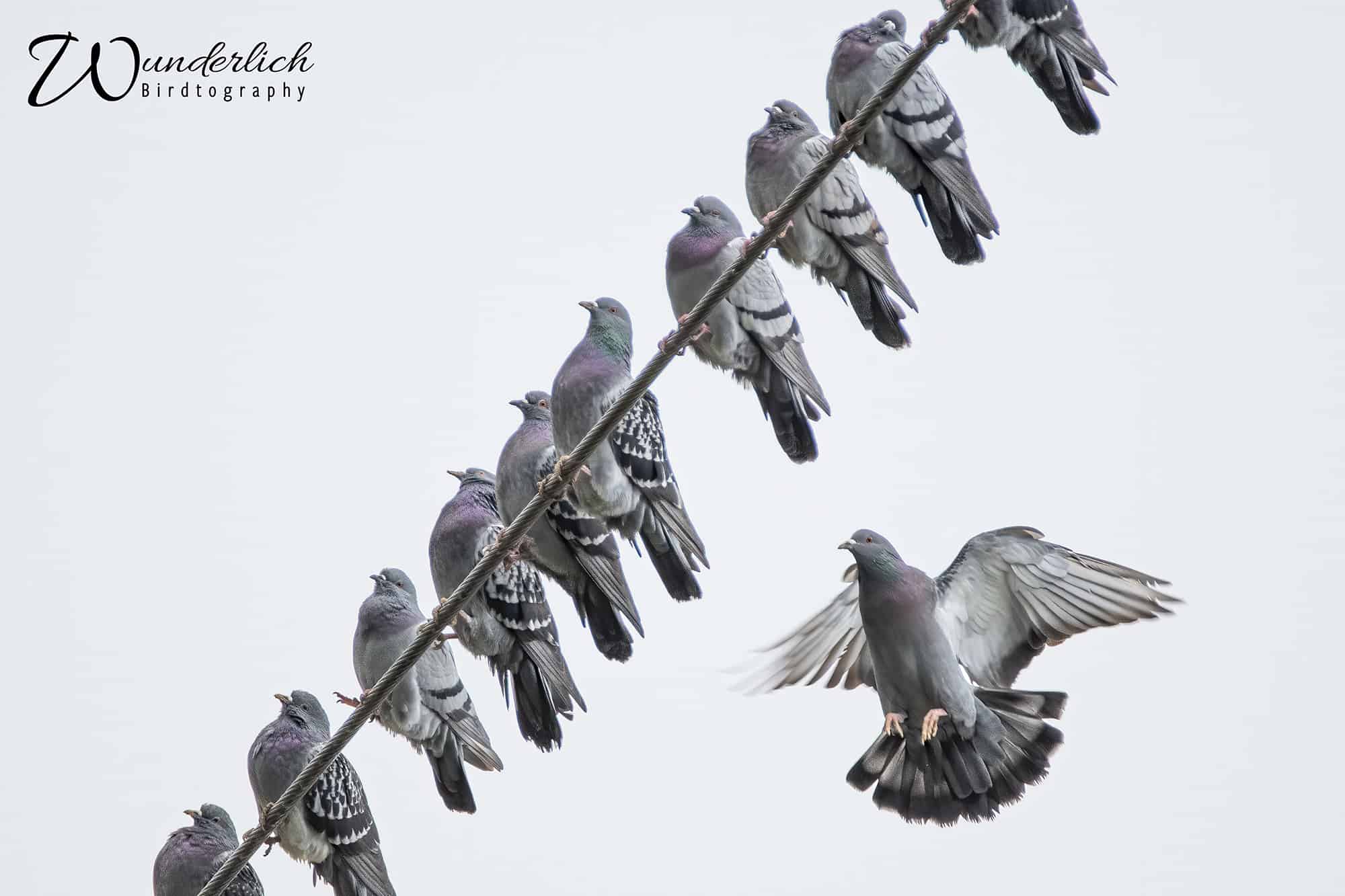
Birds on a telephone wire predict the coming of rain.
Birds often stop flying to wait out bad weather, but I found no evidence that a utility wire has any particular significance. But if you happen to notice a sudden increase in perched birds, whether on a telephone wire or elsewhere, bad weather may be approaching. Even though this one may have some value, I’m calling it busted!

One crow flying alone is a sign of foul weather, but if crows fly in pairs, expect fine weather.
While crows are intelligent creatures, I can find no basis for this one. Crows often fly in pairs or family units regardless of weather, and I have seen a single crow flying on sunny days many times. I’m going to call this one busted!
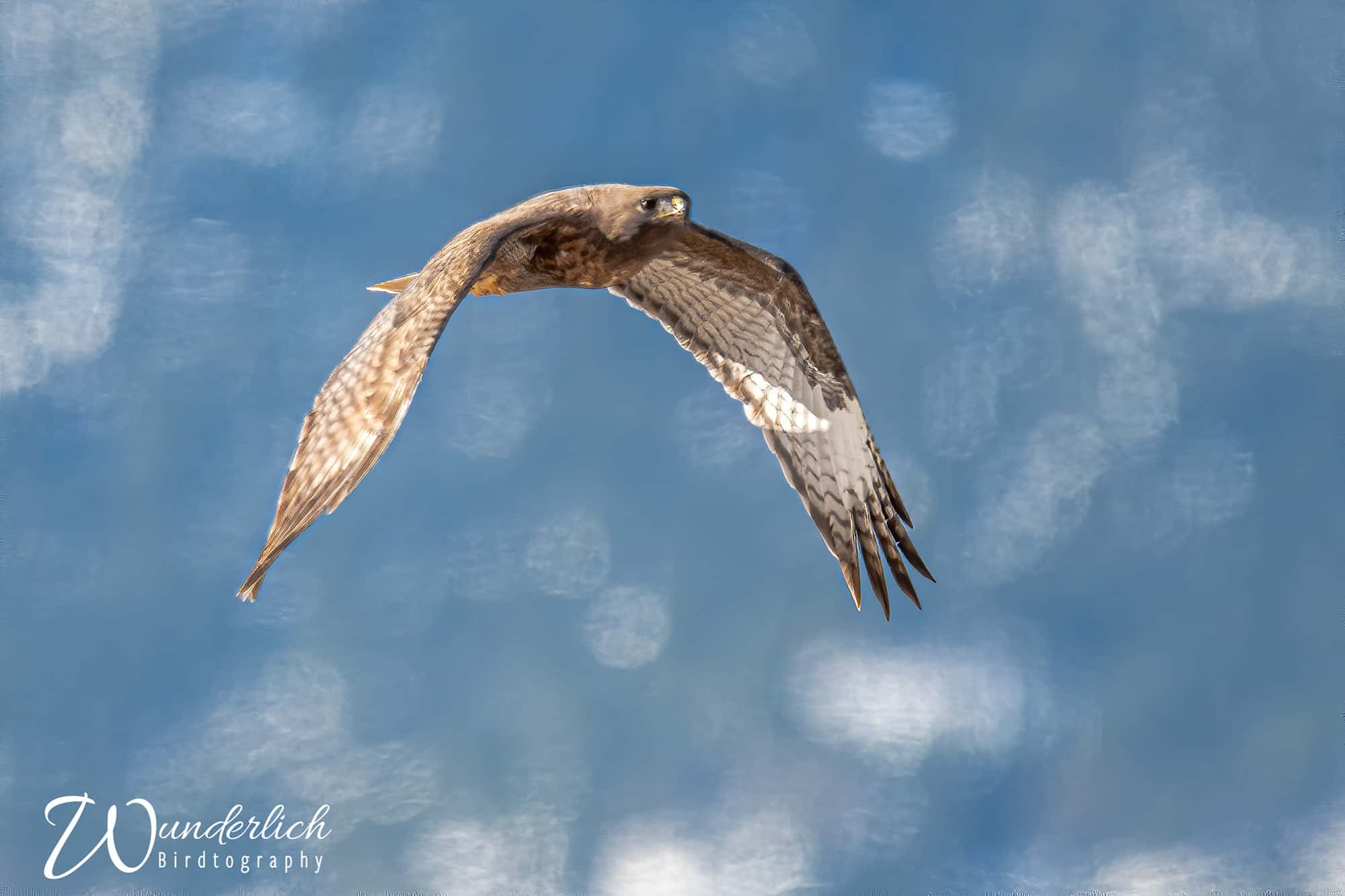
If birds fly low, expect rain and a blow.
If birds fly low, then rain we shall know.
Hawks flying high means a clear sky. When they fly low, prepare for a blow.
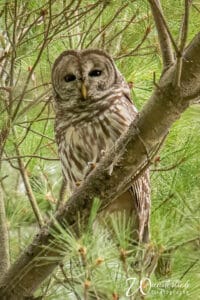
Geese fly higher in fair weather than in foul.
Air pressure does affect birds. Some can sense changes in metabolic pressure, and when the air pressure drops, they fly closer to the ground, where the air density is less heavy. Furthermore, birds tend to binge eat before a storm. Generally, low-flying birds are signs of rain and windy weather; high-flying birds usually indicate fair weather ahead. I’m going to say these have some merit.
In the fall, when the starlings start flocking together, it is six weeks till the first frost.
Starlings gather in the fall to eat the summer’s remaining berries and seeds and the remains of harvested grains to fuel themself for wintry weather ahead. In Northern Europe, where starlings are native species, they are migratory, so it makes sense that they could flock to bulk up in fall. So, yeah, I would say six weeks sounds pretty close. Just like the groundhog, whether he sees his shadow or not, it will probably be six weeks till spring. I’m going to confirm this one.
Barred owls calling late into the fall signal a rough winter.
Research has shown that birds may be able to predict the severity of hurricane season. In years with a more severe hurricane season, veeries cut their breeding season short and migrate south to the tropics. But in seasons with less active hurricane activity, they extend their breeding season and may even have a second brood of young. So, maybe barred owls as well as veeries know something we don’t. I’m going to call this one possible.
While this is definitely not a scientific article, people through the ages have observed the ways weather affects bird behavior. Keeping an eye open for these predictions may help us be ready for a fun day of birding.
Have you heard any other sayings about birds predicting the weather? Have they proven true? Please comment below.
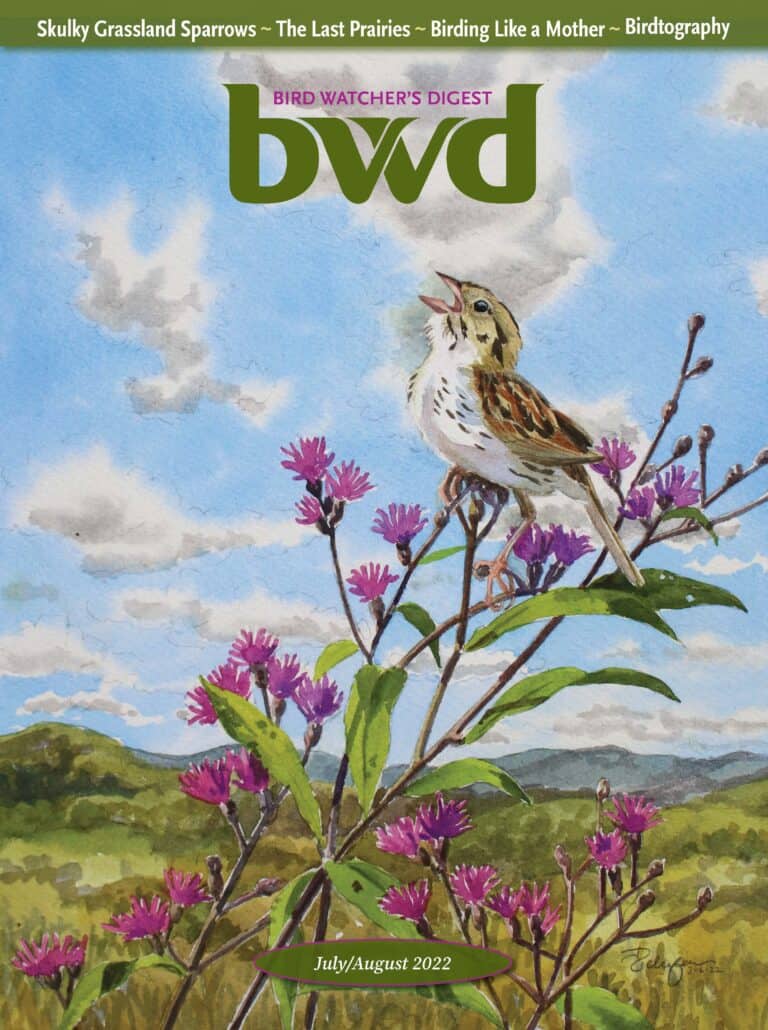
Looking to Subscribe?
Get 6 print issues of the magazine delivered to your door & free digital access
One Year Print Subscription: $26
(to US or Canada, includes digital access)
One Year Digital-only Subscription: $15

